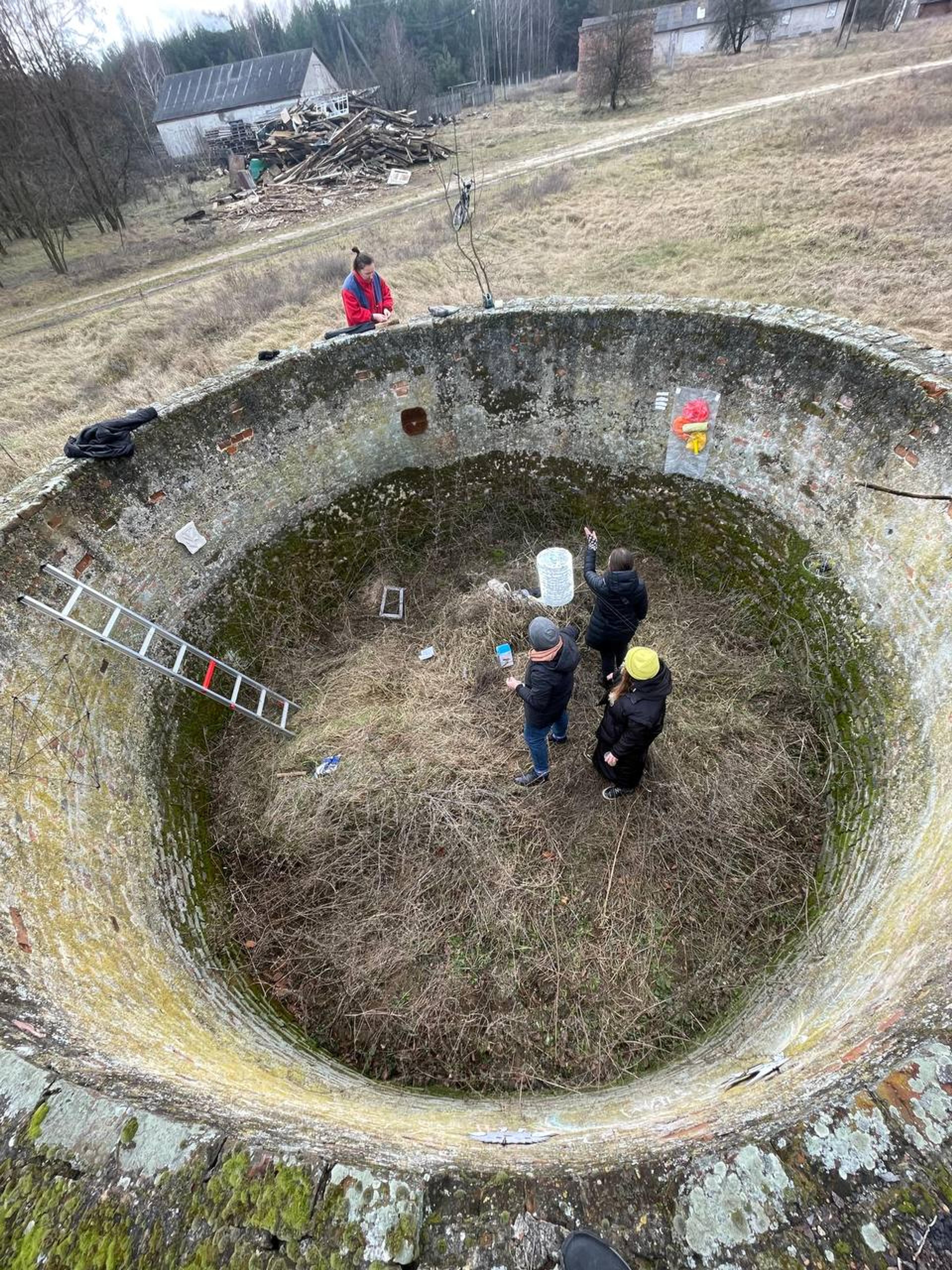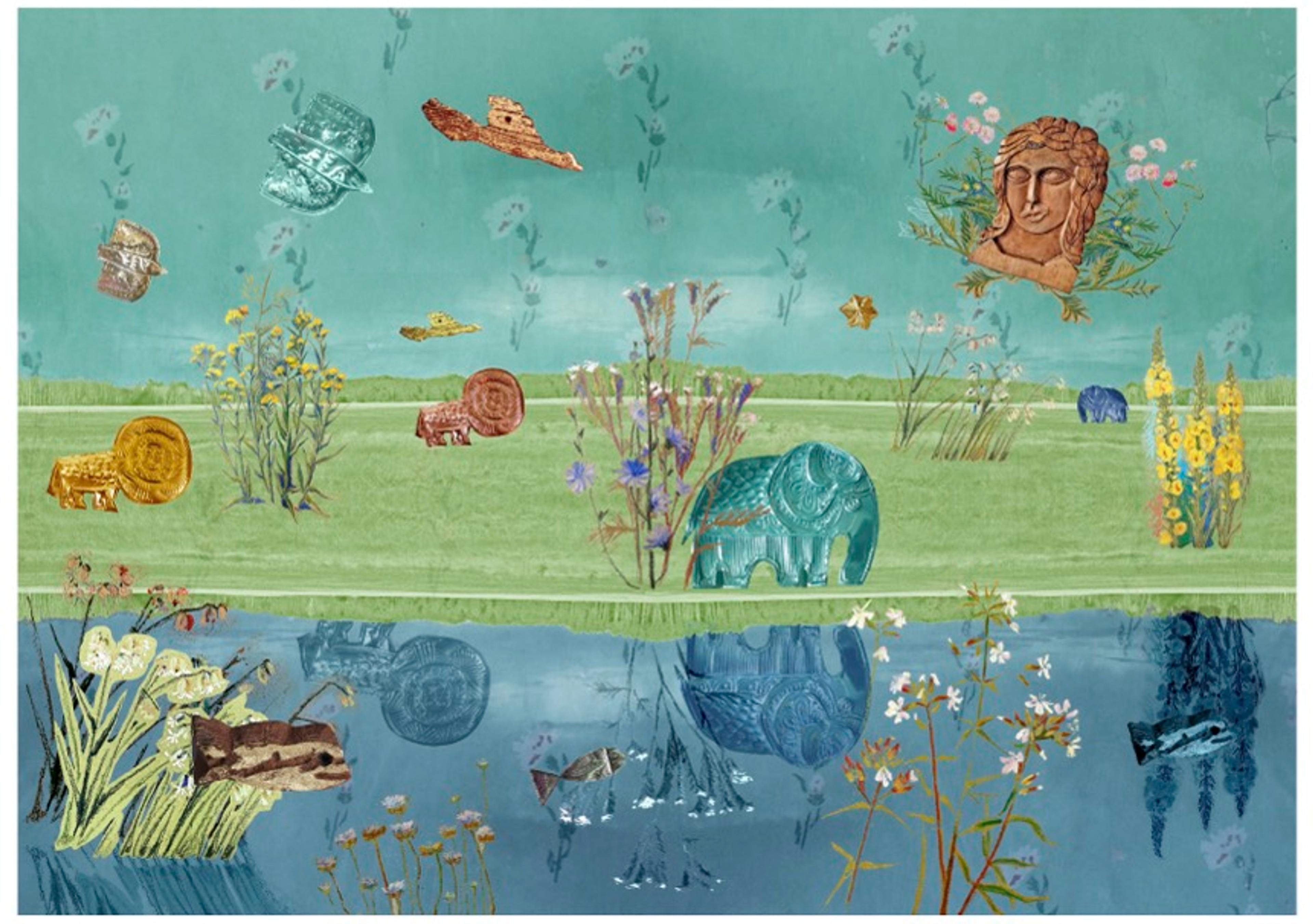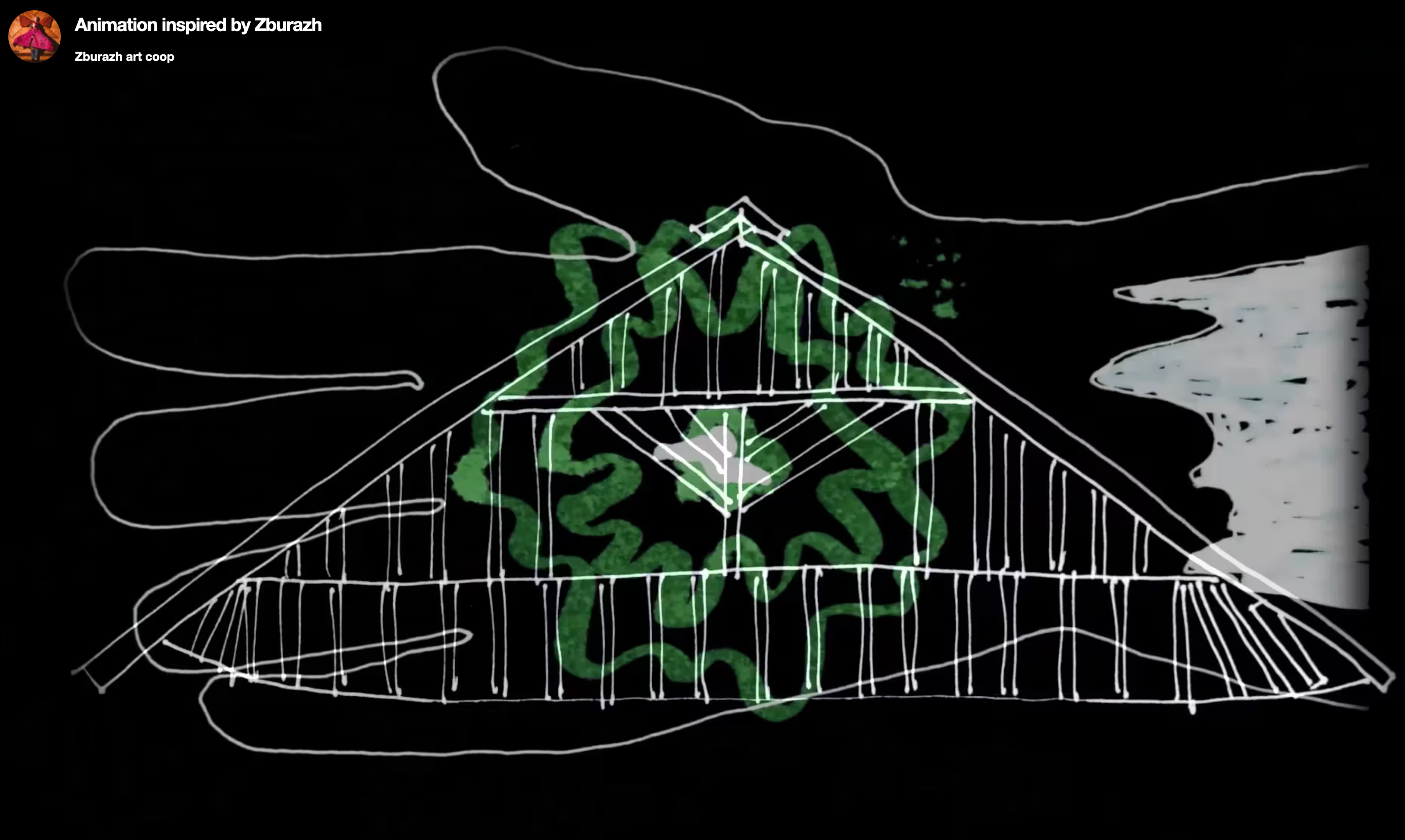ZburazhBY
The village is located in the southwestern part of the Brest region, not far from the Polish and Ukrainian borders (about 20km away), and 5 km from the city of Malaryta.
Zburazh is surrounded on all sides by forests, mostly pine and birch trees. The surroundings of the village are known for their rich mushroom and blueberry places, and small swamps where cranberries are harvested. The village is located on a large chalk block, so chalk quarries are being developed here, from which sand is also being extracted for the construction of local roads, and the manufacture of building blocks at a factory in the neighbouring village of Khotislav.
Previously, about 3,000 people lived in the village; there was a bank, a post office, a cultural centre, a clinic, a school, a kindergarten, a sauna and a market. Now only the post office, the school, and the clinic remain. There are two shops in the village, state and private. Moreover, there is an Orthodox Church, but the priest is not local, so services are rarely held, only several times a year.
Administratively, the village is under the control of a local agriculture town called Oltush, and all forest land is subordinated to the forestry of the village of Gvoznitsa. There are two barns belonging to the Oltush collective farm (Kolhoz).
The population of the village consists of mainly elderly permanent residents, and the younger generation who buy or build housing here for summer residences, to garden or just to come on holiday.
Pigs and cows are bred here, and a wide variety of poultry. But the most popular and profitable activity now is the cultivation of bog blueberries, which are exported even to neighbouring countries.
Most of the population goes to work in Malaryta. The men mostly work in the Malaryta forestry (leshoz) or leave to work as truck drivers in neighbouring countries; the women work in the local hospital or school in Malaryta. Before the closure of the borders, many people were engaged in border trade.
| Region | Brest |
|---|---|
| Local partners |
|
| Population | About 300 |
| Common fruit, vegetables, animals | Bog blueberries, pumpkins, potatoes, cucumbers, mushrooms, pigs, cows, rabbits, chickens, turkeys |
| Tradition | Сarol festivities, Easter, Ivan Kupala (Midsummer) |
| Scent | Smell of pine needles, moss, limestone |
| Distances from Zburazh | Distances
|
| Coordinators | Alina DzeraviankaSveta Husakova |
(How Wapke Feenstra remembers the connection to Zburazh)
Alina Dzeravianka is one of the (cultural) translators during my visit to Zvizzchi, whilst I’m making the Made in Zvizzchi project with Myvillages. She teaches me to say Belarus instead of White-Russia.
| Region | Brest |
|---|---|
| Local partners |
|
| Population | About 300 |
| Common fruit, vegetables, animals | Bog blueberries, pumpkins, potatoes, cucumbers, mushrooms, pigs, cows, rabbits, chickens, turkeys |
| Tradition | Сarol festivities, Easter, Ivan Kupala (Midsummer) |
| Scent | Smell of pine needles, moss, limestone |
| Distances from Zburazh | Distances
|
| Coordinators | Alina DzeraviankaSveta Husakova |




